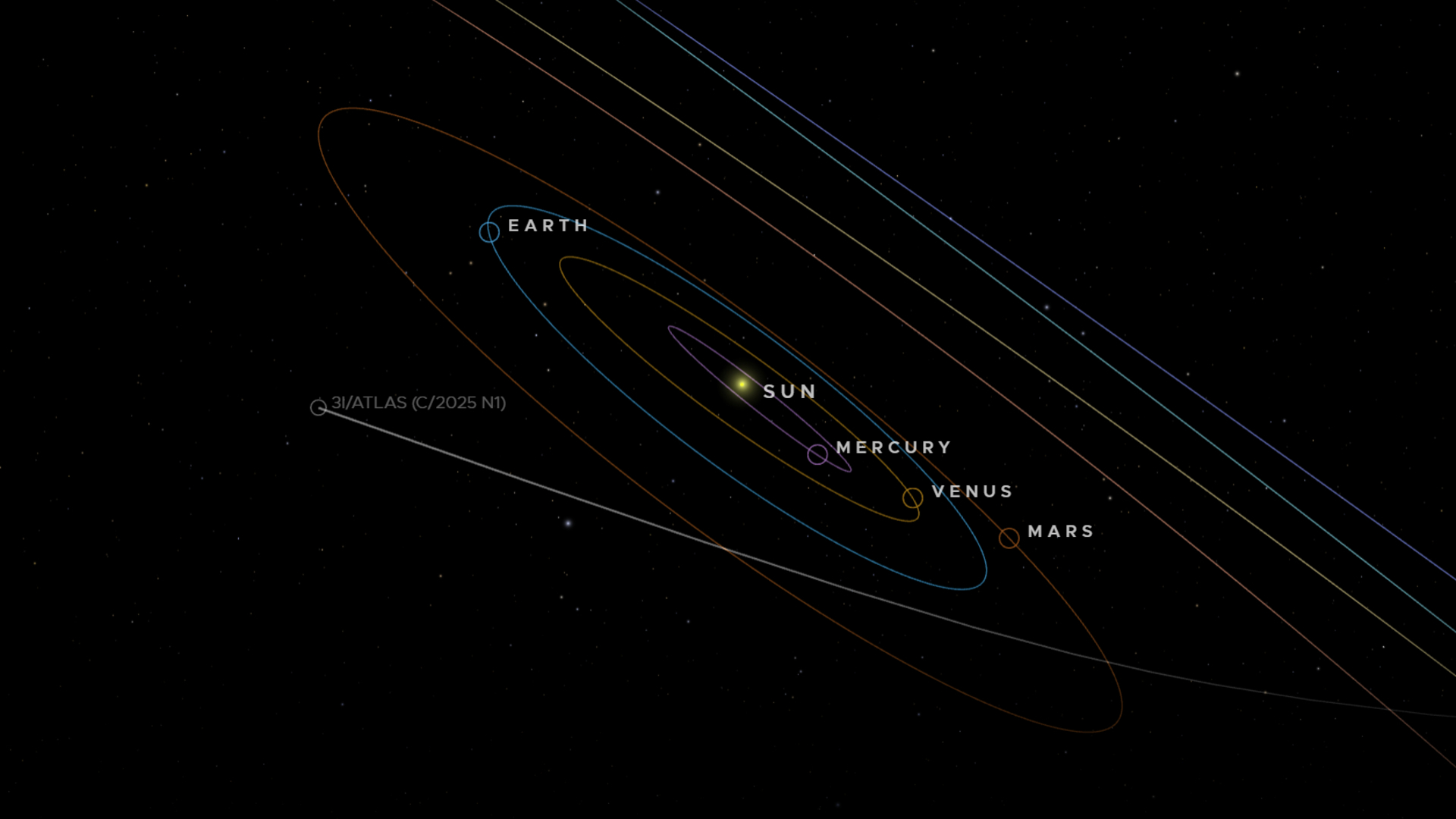No, an asteroid will not hit Earth the day before Election Day
There are plenty of threats to democracy; asteroid 2018 VP1 isn't one of them.

If you've seen a worrying headline about an asteroid passing too close for comfort on Nov. 2, the day before the U.S. heads to the poll fir the 2020 presidential election, NASA wants you to take a deep breath and relax.
There is indeed a space rock, called 2018 VP1, that will make a close approach to Earth on that date — but it isn't any threat to humans, according to the NASA office tasked with monitoring such threats.
"Asteroid 2018 VP1 is very small, approx. 6.5 feet [2 meters], and poses no threat to Earth!" NASA's Planetary Defense Coordination Office wrote on its Twitter outreach arm Asteroid Watch on Sunday (Aug. 23). "It currently has a 0.41% chance of entering our planet's atmosphere, but if it did, it would disintegrate due to its extremely small size."
Related: NASA's Planetary Defense Coordination Office: How they detect asteroids early
This year's flyby will be the asteroid's first close approach to Earth since it was discovered in 2018 by the Zwicky Transient Facility at Palomar Observatory near San Diego. But while scientists call the event a close approach, the space rock will remain quite far away from Earth: more than 260,000 miles (420,000 kilometers) away. That's about the same distance at which the much larger moon orbits Earth.
Coincidentally, another asteroid will make a close approach on Election Day itself, Nov. 3. That space rock, dubbed 2020 HF4, is somewhat larger at 26 to 60 feet (8 to 18 m) across, but will remain much, much farther away, about 16 times the distance of the moon, according to NASA's Center for Near Earth Object Studies.
For comparison, the Zwicky Transient Facility detected the closest known asteroid flyby earlier this month when a tiny space rock called 2020 QG passed about 1,830 miles (2,950 km) above Earth's surface, according to NASA. That asteroid, too, went peacefully on its way and would have fallen to pieces in Earth's atmosphere had it not.
Email Meghan Bartels at mbartels@space.com or follow her on Twitter @meghanbartels. Follow us on Twitter @Spacedotcom and on Facebook.
Breaking space news, the latest updates on rocket launches, skywatching events and more!

Meghan is a senior writer at Space.com and has more than five years' experience as a science journalist based in New York City. She joined Space.com in July 2018, with previous writing published in outlets including Newsweek and Audubon. Meghan earned an MA in science journalism from New York University and a BA in classics from Georgetown University, and in her free time she enjoys reading and visiting museums. Follow her on Twitter at @meghanbartels.
